NASA astronaut Kate Rubins is a member of the Artemis Team, a select group of astronauts charged with focusing on the development and training efforts for early Artemis missions.
Kathleen Rubins was selected by NASA in 2009. Rubins completed her first spaceflight on Expedition 48/49, where she became the first person to sequence DNA in space. She spent 115 days in space and conducted two spacewalks. She holds a Bachelor of Science in Molecular Biology from the University of California and a Ph.D. in Cancer Biology from Stanford University Medical School Biochemistry Department and Microbiology and Immunology Department. Dr. Rubins conducted her undergraduate research on HIV-1 integration in the Infectious Diseases Laboratory at the Salk Institute for Biological Studies. She worked as a Fellow/Principal Investigator at the Whitehead Institute for Biomedical Research and headed 14 researchers studying viral diseases that primarily affect Central and West Africa. She is currently serving aboard the International Space Station for a six-month mission as a flight engineer for the Expedition 63/64 crew.
Dr. Rubins conducted her undergraduate research on HIV-1 integration in the Infectious Diseases Laboratory at the Salk Institute for Biological Studies. She analyzed the mechanism of HIV integration, including several studies of HIV-1 Integrase inhibitors and genome-wide analyses of HIV integration patterns into host genomic DNA. She obtained her Ph.D. from Stanford University and, with the U.S. Army Medical Research Institute of Infectious Diseases and the Centers for Disease Control and Prevention, Dr. Rubins and colleagues developed the first model of smallpox infection. She also developed a complete map of the poxvirus transcriptome and studied virus-host interactions using both invitro and animal model systems.
Dr. Rubins then accepted a Fellow/Principal Investigator position at the Whitehead Institute for Biomedical Research (MIT/Cambridge, Massachusetts) and headed a lab of 14 researchers studying viral diseases that primarily affect Central and West Africa. She traveled to the Democratic Republic of Congo to conduct research and supervise study sites. Work in the Rubins Lab focused on poxviruses and host-pathogen interaction as well as viral mechanisms for regulating host cell mRNA transcription, translation and decay. In addition, she conducted research on transcriptome and genome sequencing of filoviruses (Ebola and Marburg) and Arenaviruses (Lassa Fever) and collaborative projects with the U.S. Army to develop therapies for Ebola and Lassa viruses. Dr. Rubins has published and presented her work in numerous papers at international scientific conferences and in scientific journals.
Kate Rubins’s spaceflight experience includes Expeditions 48 and 49 (July 2016 through October 2016.) On July 7th, 2016, Dr. Rubins launched from the Baikonur Cosmodrome in Kazakhstan to the International Space Station aboard the first test flight of the new Soyuz MS spacecraft. Together the international crew of Expeditions 48 and 49 conducted or participated in more than 275 different scientific experiments including research in molecular and cellular biology, human physiology, fluid and combustion physics, Earth and space science and technology development. Dr. Rubins was the first person to sequence DNA in space, eventually sequencing over 2 billion base pairs of DNA during a series of experiments to analyze sequencing in microgravity. Dr. Rubins also grew heart cells (cardiomyocytes) in cell culture, and performed quantitative, real-time PCR and microbiome experiments in orbit.
Dr. Rubins conducted two spacewalks totaling 12 hours, 46 minutes. During her first spacewalk, Rubins and Jeff Williams installed the first International Docking Adapter, a new docking port for U.S. commercial crew spacecraft. During the second, they performed maintenance of the station external thermal control system and installed high-definition cameras, enabling never-before seen images of the planet and space station. Jeff Williams and Rubins successfully captured SpaceX Dragon commercial resupply spacecraft and then returned science experiment samples to earth. During Expedition 49, Rubins and crewmate Takuya Onishi grappled Orbital ATK’s Cygnus resupply spacecraft, providing several tons of supplies and research experiments for future work on the orbital outpost.
Rubins has logged 115 days in space and 12 hours and 46 minutes of spacewalk time. She is currently serving aboard the International Space Station for a six-month mission as a flight engineer for the Expedition 63/64 crew.
Through the Artemis program, NASA and a coalition of international partners will return to the Moon to learn how to live on other worlds for the benefit of all. With Artemis missions NASA will send the first woman and the next man to the Moon in 2024 and about once per year thereafter.
Through the efforts of humans and robots, we will explore more of the Moon than ever before; to lead a journey of discovery that benefits our planet with life-changing science, to use the Moon and its resources as a technology testbed to go even farther and to learn how to establish and sustain a human presence far beyond Earth.

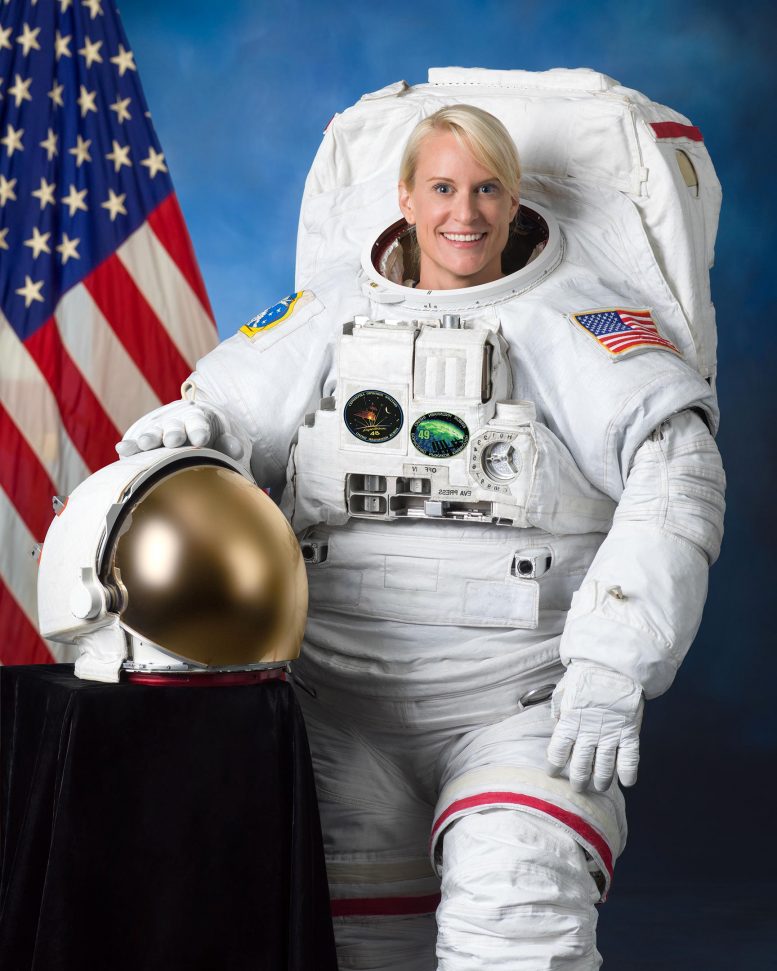
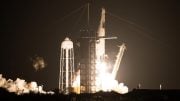
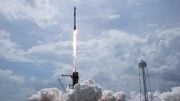
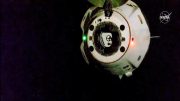
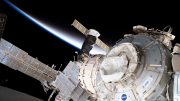
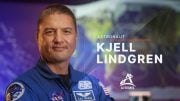
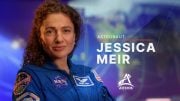
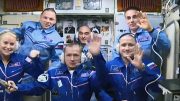
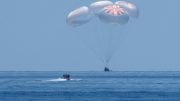
Dear Sir / Madam,
I am writing to you to contact Dr. Kathleen Rubins, who took a magnificent photo of Lake Van during space travel in 2016 and competes in the final among astronaut photos on the NASA website these days. I am an academic who has been researching and protecting Lake Van for many years. The protection models I have developed are known as repeatable social entrepreneurship projects in the world. I am a member of ASHOKA and Schwab Foundation. These days, we discovered a new fish species living in microbialites found deep in Lake Van. I would like to invite Mr. Kathleen Rubins to dive into this fish together and to promote Lake Van better in the world. In addition, Governorate of Van (Turkey) want to invite Dr. Rubins to Van. I ask for your help in contacting Dr. Kathleen Rubins.
Best regards
Dr. Mustafa SARI